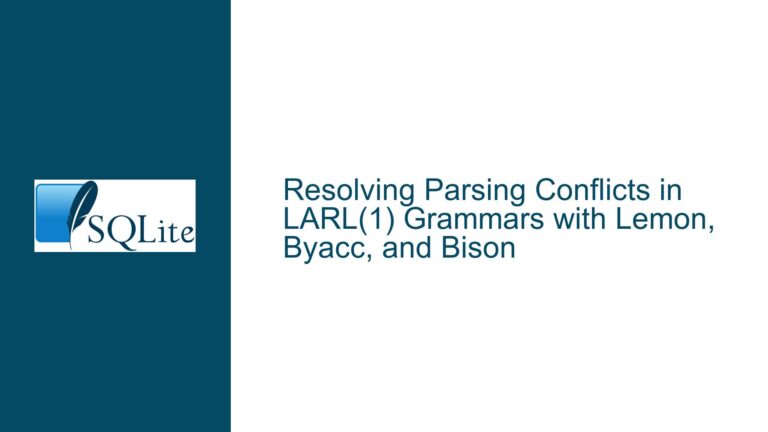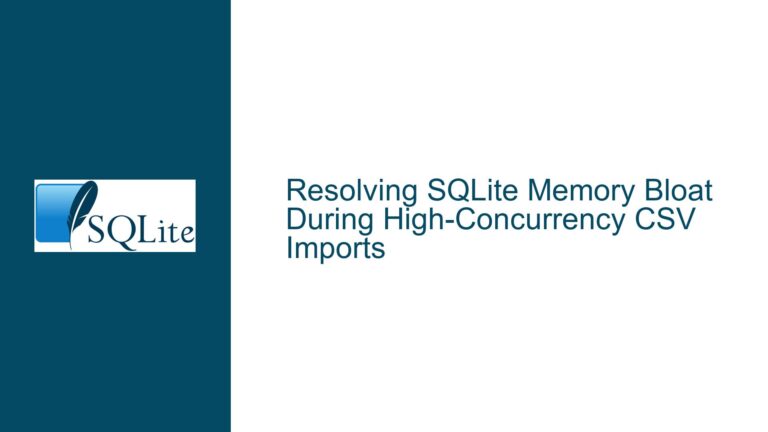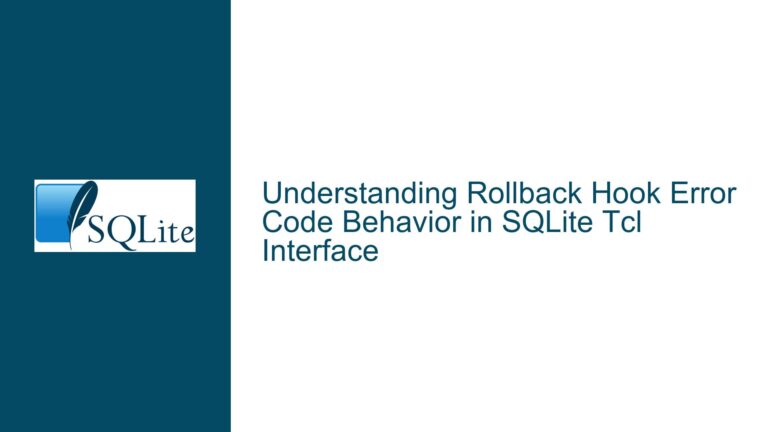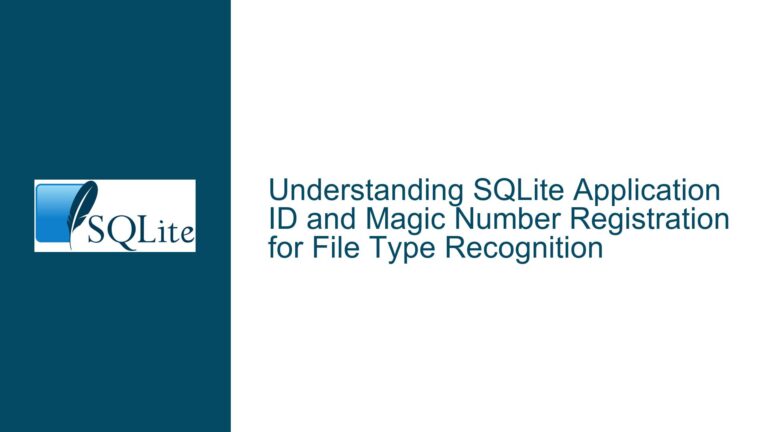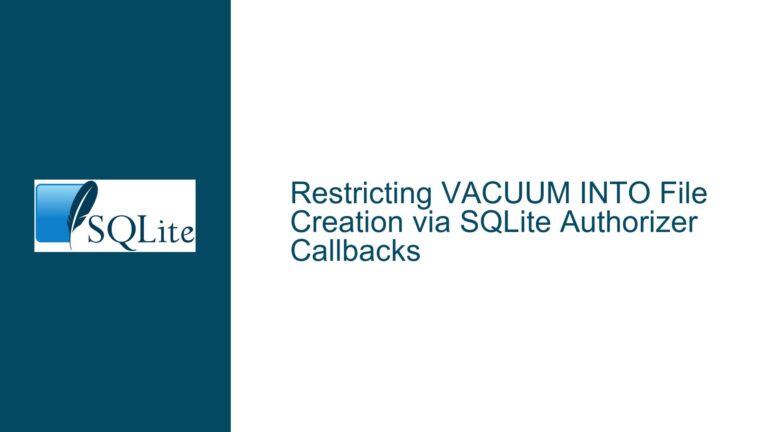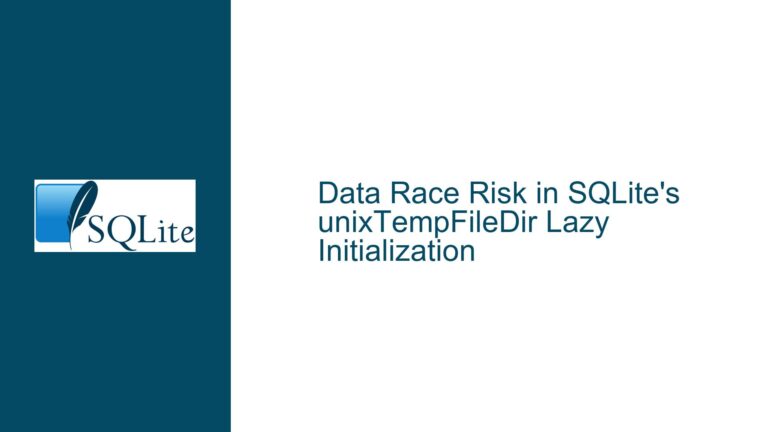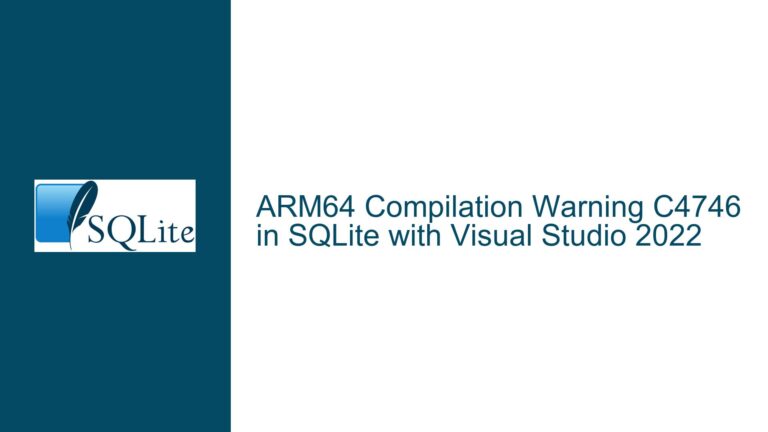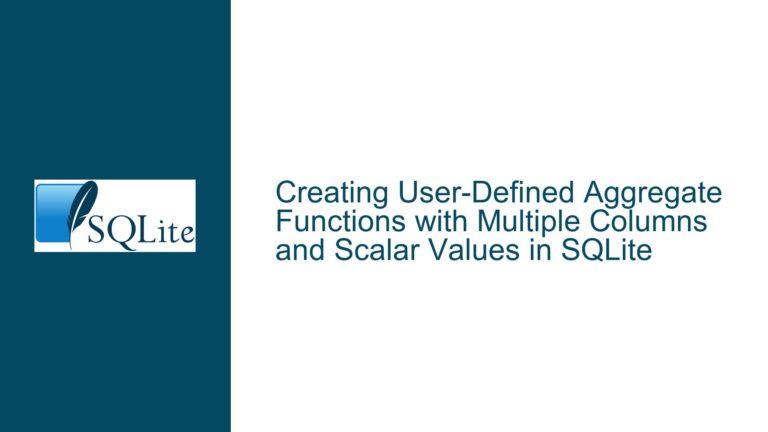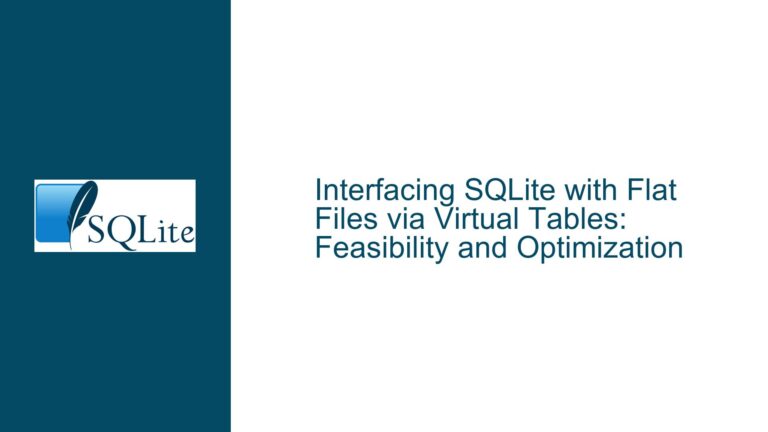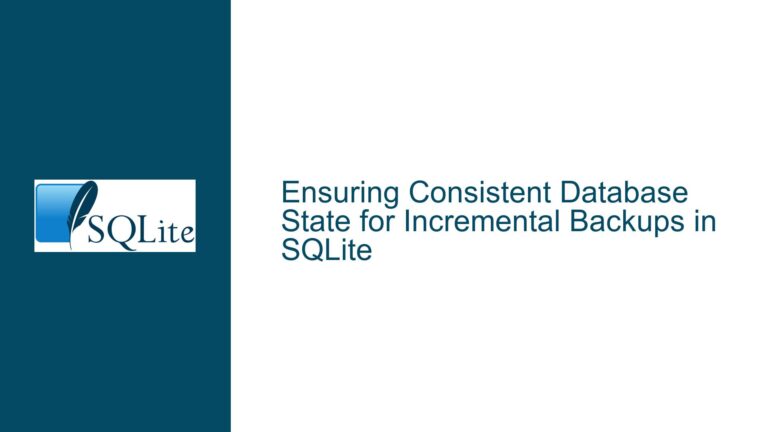Resolving Parsing Conflicts in LARL(1) Grammars with Lemon, Byacc, and Bison
Understanding Parsing Conflict Discrepancies in LARL(1) Grammars When working with LARL(1) grammars, parsing conflicts such as shift/reduce and reduce/reduce conflicts are common challenges that arise due to ambiguities in the grammar rules. These conflicts can manifest differently across parser generators like Lemon, Byacc, and Bison, leading to inconsistencies in the number and type of conflicts…
